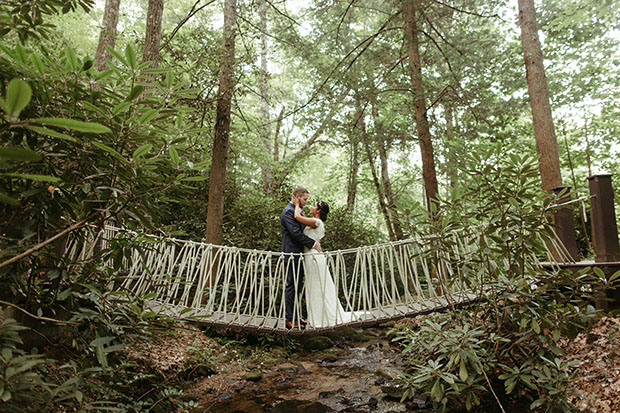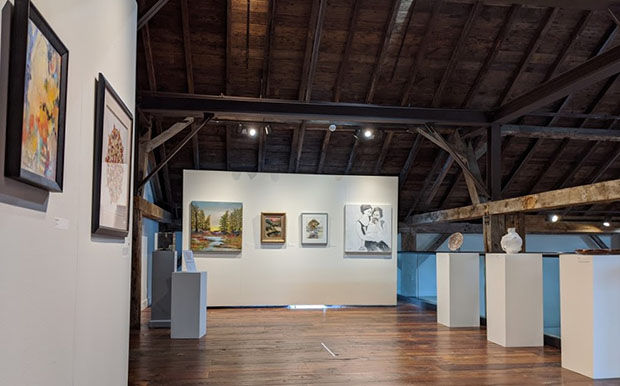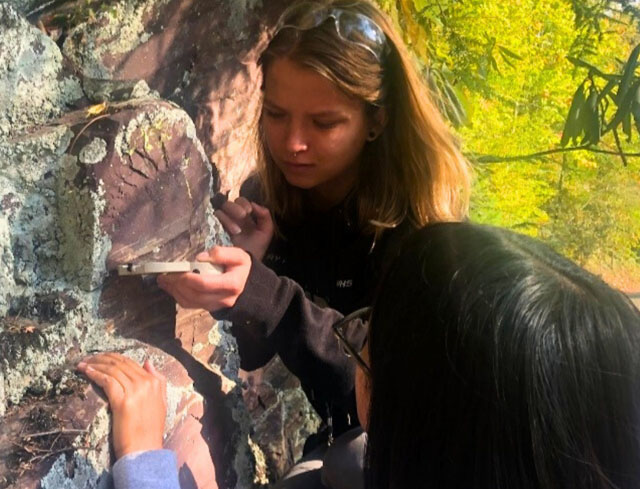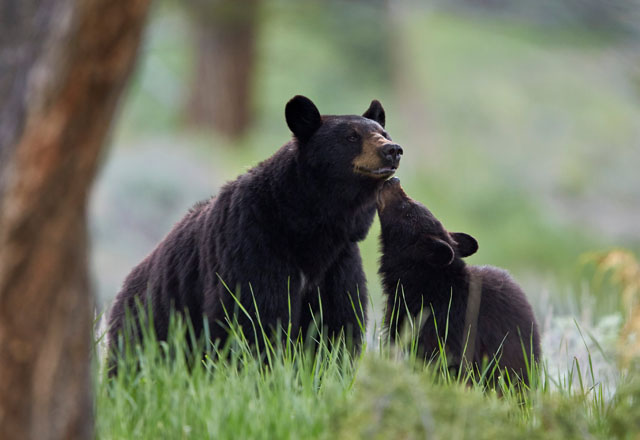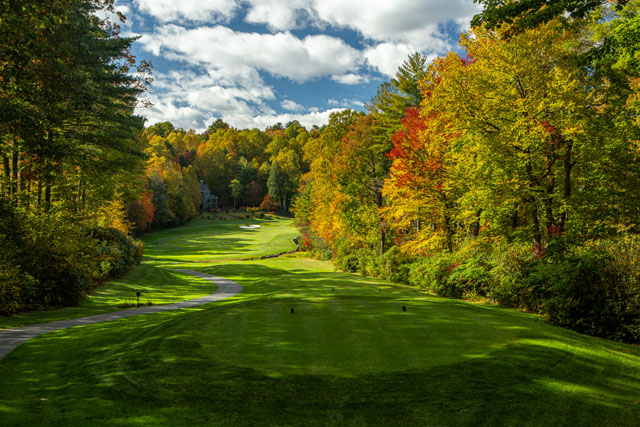Mountain Masterpieces
05 Oct 2020
Reminiscing on Southern Appalachia through art
By: BRITTANY CONLEY
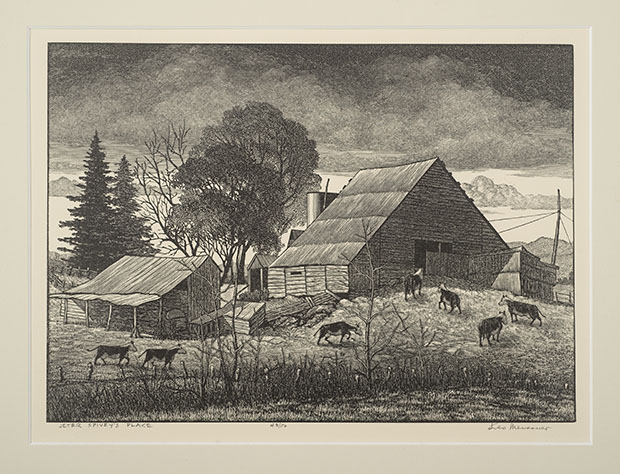
What is the first thing you notice when you look at a painting? Is it the brush strokes? Perhaps the use of color? For some people, that may well be true. I would wager for most of us, it’s less a single element of the work itself but the overall feeling it evokes. Beyond aesthetics, however, art has long been a means for chronicling history. From the earliest rudimentary petroglyphs to valiant depictions of battles to the silhouette of a regal lady, artists have documented the human experience for millennia.
At the turn of the 20th century, life in Southern Appalachia was no exception. Artists from all around were eager to explore the wild beauty found here, to tackle the task of capturing the glint of moonlight behind our waterfalls, the fog rising from our rolling mountains and the quaint, often difficult way of life the tenacious hillfolk endured.
At the H+K Gallery in Spartanburg, SC, the Hendersons and Kunklers have amassed quite the collection of historical paintings, etchings and lithographs of Southern Appalachian culture, many specifically from the Highlands-Cashiers Plateau. "It has been my honor and privilege over the last 18 years, through both The Johnson Collection and H+K Gallery, to be involved in helping promote the art and artists of our regions to national awareness," says David Henderson. He explained to me that as areas such as Highlands, NC, became popular with the affluent society from places like New Orleans as a way to escape the brutal heat, artists soon followed. They often summered here, finding inspiration for some of the most stunning pieces produced at the time.
One of the goals of this collection at H+K is to highlight the contributions made by female artists, which may have been somewhat overlooked at the time. In pursuit of this endeavor, H+K has acquired several pieces by Pauline “Polly” Knipp Hill (1900-1990). After studying art with her husband in France, the Hills began summering in Highlands in 1940. Polly primarily produced etchings, sometimes tinting her work with a blush of watercolor. After focusing mostly on the architecture in Paris, when Polly arrived in North Carolina, she fell in love with the storied lives of the residents. She helped tell their tales with her work, immortalizing traditions such as quilting parties and families piled into one-room cabins, huddled by a fire picking tunes with dulcimers and children playing with homemade ragdolls.
For painter Rudolph Ingerle (1879-1950), the spectacular views found in the backcountry attracted him to Western North Carolina. Born in Austria, Ingerle moved to America with his family at the age of 12, eventually graduating from the Art Institute of Chicago. By the early 1900s, Ingerle began traveling the United States, his paints and canvas always in tow, a string of incredible works left along the way. Yet after all his travels, by the 1920s he was awestruck with our neck of the woods. He produced so many fine landscapes of lower Appalachia that he lovingly became known as the “Painter of The Smokies.” His contributions went well beyond his artistic endeavors, though, as he rallied by the locals’ side against the logging industry and became a champion of the goal to establish the Great Smoky Mountains National Park.
While some artists found notoriety after coming to Western North Carolina, some famous names wound up here, searching for and finding creative spark. Such was the case with renowned cartoonist and author Harrison Cady (1877-1970). In the late 1920s, the man behind the famous Peter Rabbit cartoons desired to separate himself from the commercial art world, eager to hone his artistic craft elsewhere. Cady was inspired by the Highlands-Cashiers area primarily during the 1930s. His unique style is easily recognizable and deftly depicts how hard life could be for the locals during the Depression-era. Cady was struck by it all: the landscape and scenery, the simple cabins and the quintessential mountain family farm. He aimed to honor the primitive nature of Appalachia before it was lost to the commercialism he’d left behind.
It is a testament to its timeless allure that a century later people still journey to the Highlands-Cashiers Plateau to capture its charm on canvas. These historical pieces, however, afford us a glimpse of not only what it once looked like, but what it felt like to be here during a pivotal part of Appalachian history.
You can learn more or purchase the works of these great artists and others by reaching out to the H+K Gallery online at www.handkgallery.com.

